The German offensive into France and Belgium had ground to a halt as armies on both sides constructed sophisticated trenches to escape the murderous artillery and machine guns of a 20th c. war. The war of attrition that developed in the late months of 1914 foreshadowed the next three years of futile and costly attempts by the Allies and Central Powers to break the stalemate and bleed the enemy white.
On Christmas day, soldiers on both sides rose to meet the enemy. However, instead of bringing bayonets and bullets, they brought cigarettes and soccer balls.
Here’s how one soldier described it.
“It was a Christmas card Christmas eve. There was white beautiful moonlight, frost on the ground — almost white everywhere. And round about — I should think 7 or 8 in the evening we heard this singing and a lot of commotion …. Then all of a sudden lights appeared all along the German trench and I thought ‘There’s a funny thing’ and then the German’s started singing ‘Stille nacht, heilige nacht’.
“I woke up — well all the other sentries did the same thing — we all woke up the other people to come along and see this — what on earth’s going on. They finished their carol, we applauded them, then we thought we must retaliate in some way so we replied with ‘The First Noel’. When we finished they all began clapping then they struck up their other favourite carol of theirs ‘O Tannenbaum’ which is the same tune as ‘The Red Flag’.
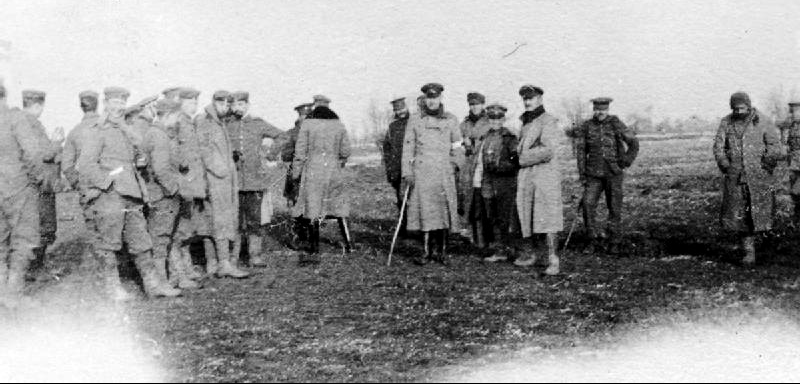
“So we went on, first the Germans singing one of their carols then we’d sing another of ours. Then we started up ‘O come all ye faithful’ and the Germans immediately joined in singing the same thing to the Latin words of ‘Adeste Fideles’. Well I thought this was rather an extraordinary thing really, to think of the two nations both singing the same carol in the middle of a war.”
But that was only the beginning. Frederick James Davies, of Lampeter, Ceredigion, described meeting enemy soldiers across No Man’s Land on 25 December 1914.
…”They (the German soldiers) were only 50 yards away from us in the trenches. They came out and we went to meet them,” he wrote. “We shook hands with them. We gave them cigs, jam and corn beef. They also gave us cigars but they didn’t have much food. I think they are hard up for it. They were fed up with the war.”
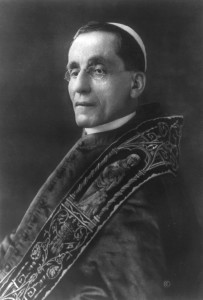
The Christmas Truce of 1914 has become a thing of legend, seen as an iconic act of defiance, as common humanity triumphed over the bloodshed of a senseless war. It has been memorialized with statues, sports games, and in fiction.
However, like many legends, stories of the Truce are shrouded in rumors, half-truths, and misconceptions. What are the facts behind the fictions of the Christmas Truce?
The Truth Behind the Christmas Truce
The Christmas Truce does not refer to any single truce, but instead to a series of independent truces on the Western Front.
While much of the Western Front continued to be characterized by fighting, 100,000 troops were indeed reported to have participated in independent truces. The stated rationale for many of these truces was to bury the dead on each side. Throughout the war, combatants laid down their arms to fraternize with their enemy counterparts, and to bury their dead.

Contrary to popular belief, there is little evidence to suggest that any soccer match occurred between German and British soldiers on Christmas Day, 1914.
One of the most famous legends surrounding the Christmas Truce is the story of a soccer (or European ‘Football’) match, or multiple soccer matches, between the BEF and the Imperial German Army. This tale has inspired armistice day soccer matches, between amateur and even professional teams, reminding fans and players that, not long ago, the close-knit community of Europe fought bloody wars over ideology and territory.
However, in spite of the pervasiveness of the myth in popular culture, there seem to be few credible eye-witness accounts of these events ever occurring.
British soldiers played a game of soccer behind the frontlines. Soccer was a common sport played by soldiers of both sides, however there is little evidence to suggest that a head-to-head game ever occurred between German and British soldiers during the legendary Christmas Truce.
Remembering the Christmas Truce
As the brutality of war escalated in 1915, events like the Christmas Truce of 1914 became unattainable, though some limited truces still occurred throughout the war. The cordial nature of the conflict, at least between the British and Germans in 1914, was eviscerated by the dehumanization of a total war.
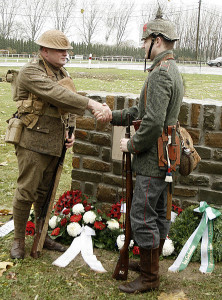
In spite of the fanciful embellishments, the story of the World War I Christmas truce is an unforgettable demonstration of humanity in the midst of the worst mankind has to offer.
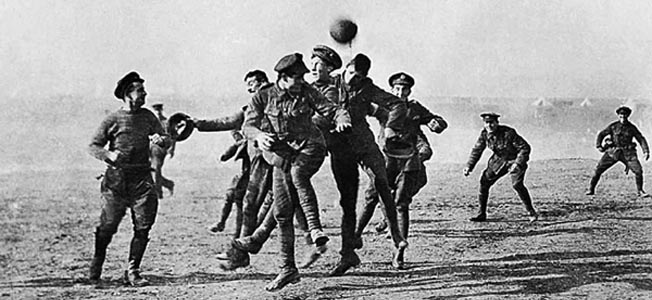
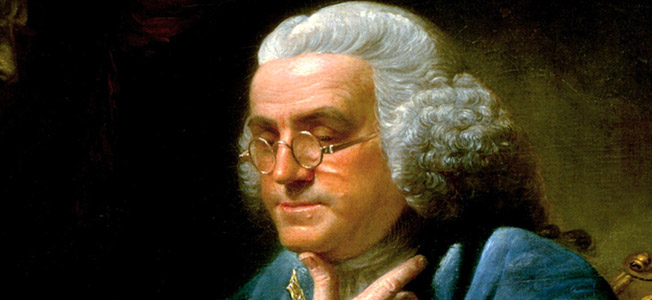

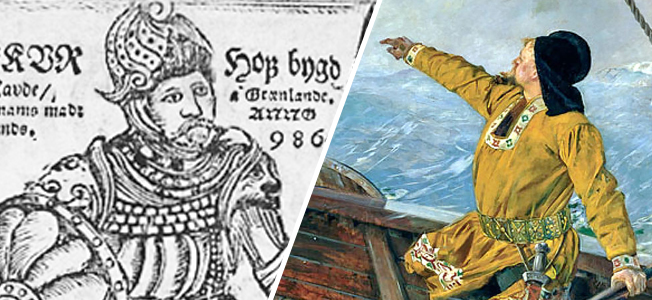
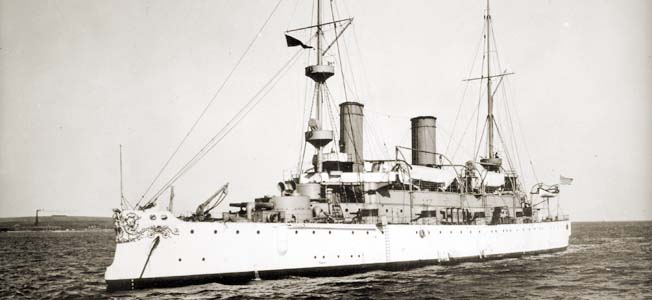
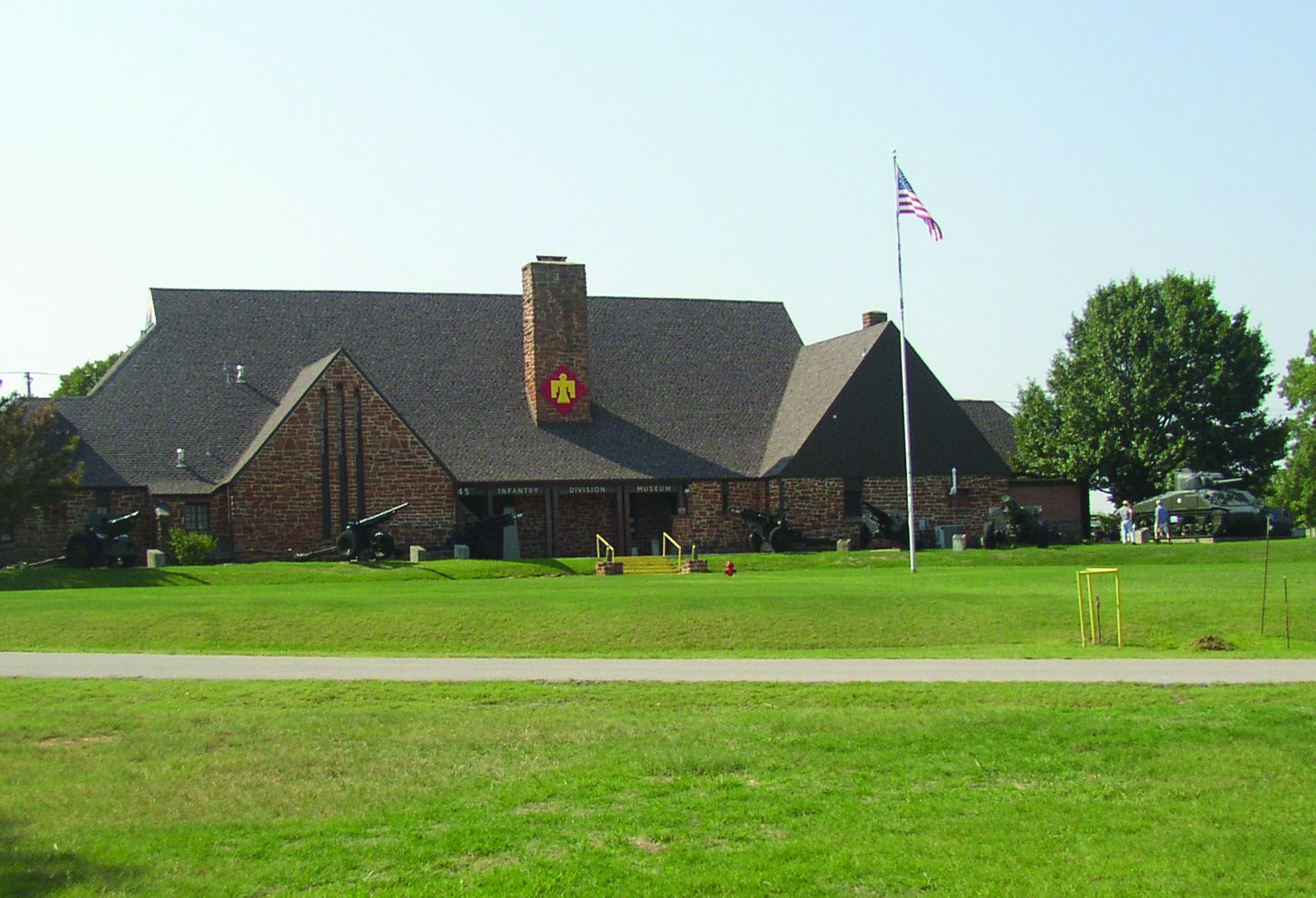

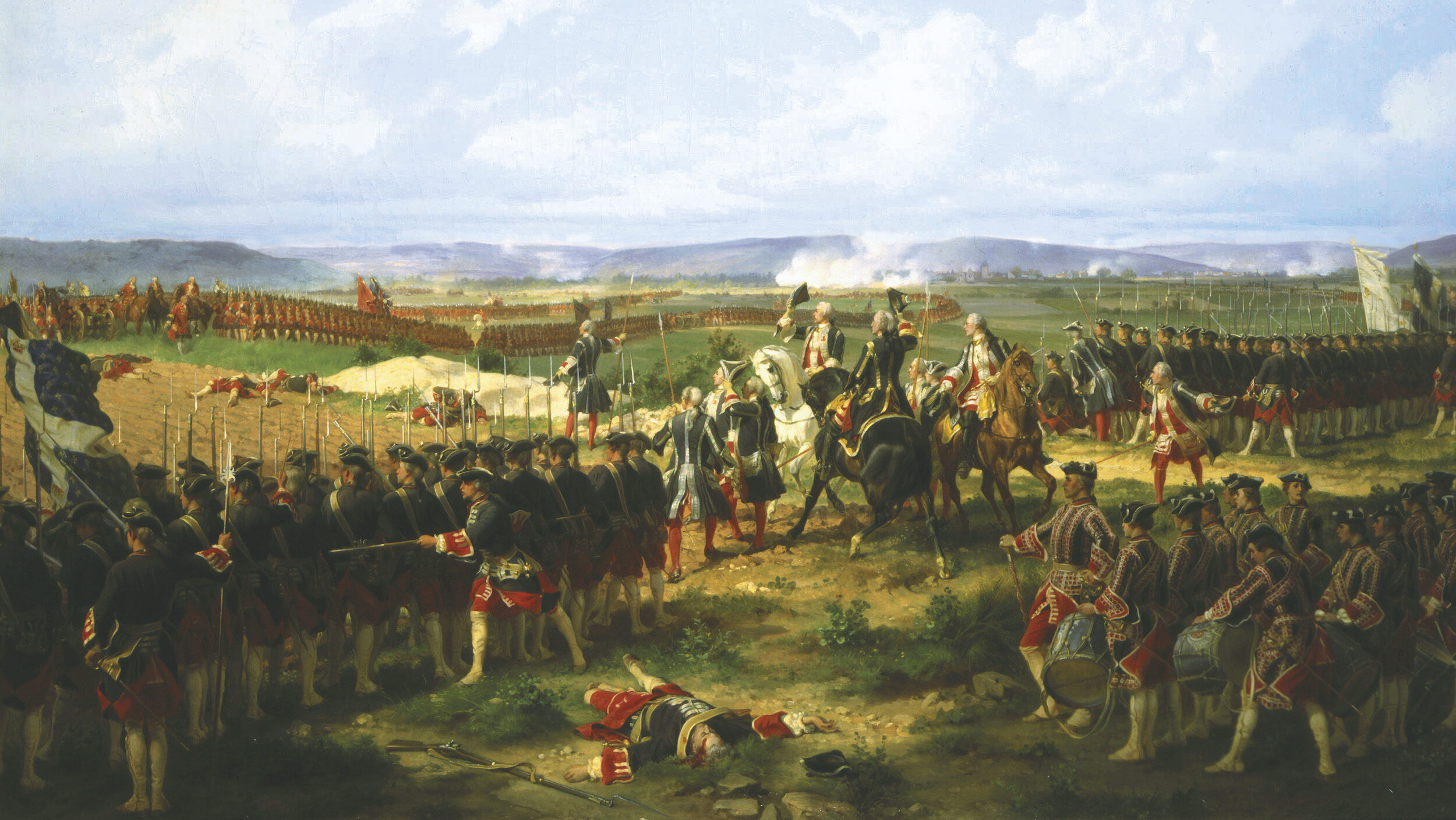

On a more pragmatic level, the Christmas “truce(s)”were part of a realization that the war was the useless waste it turned out to be. Along with the Pope, other major efforts to end the war with a more permanent truce were lead by Henry Ford, British peace movements and other religious leaders in the West. There was little in Germany due to the iron control by the government of the populace. This control later backfired at the end of the war when various movement such as Socialists, Communists and proto-Nazis took to the streets.
I think so many people *want* this story to be true that it has become generally-accepted fact, like Polish lancers attacking panzers, or that Columbus would fall off the edge of the flat earth.
Still, it is pleasant to believe that even at the worst of times, humanity’s better aspects can show a flicker or two.
I remember being in the village of Radgoszcz, Poland. A cemetery full of German soldiers from WWI struck me as so sad, that so many young men died in that war, Rumor was that many Germans from WWII are also buried there, but are in unmarked graves lest the advancing Red Army desecrate them.